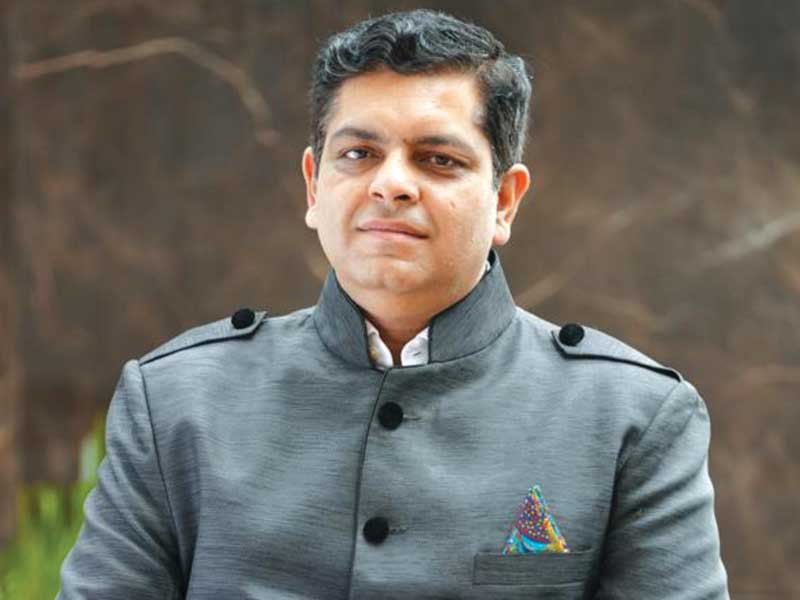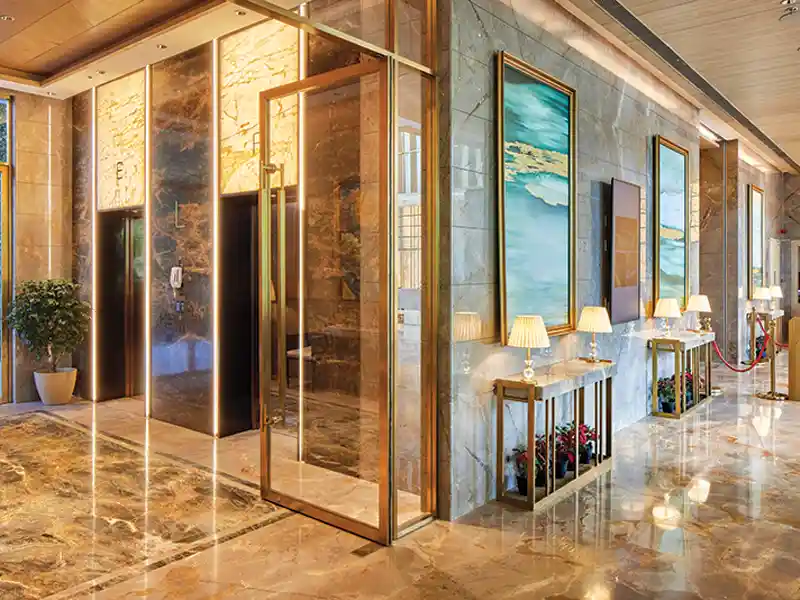
In response to the growing requirement for intelligent and linked urban settings, Indian architects are embracing new techniques of urban design that incorporate intelligent infrastructure and smart city principles. Reusing and repairing old structures in an adaptable manner is a trend that supports preservation of cultural assets in the face of growing urbanization. There is an increasing emphasis on social responsibility; spaces must be created to accommodate changing cultural preferences, lifestyle changes, and technological integration.
Innovations, adaptability, and new opportunities have become the driving forces in the dynamic field of architecture. Due to technological breakthroughs, architects can now use state-of-the-art instruments and methods to push the boundaries of design to unprecedented extents. With virtual reality simulations and parametric design tools, they can explore intricate geometries and visualize places in previously unheard-of ways, encouraging experimentation and innovation.
Furthermore, there are now more opportunities for innovative architecture due to the increased focus on sustainability. Building design and construction are changing due to concepts like renewable materials, green roofs, and passive design. Increasingly, architects are incorporating sustainable ideas into their designs to improve occupant well-being and minimize their negative effects on the environment. The social and cultural context greatly influences modern architecture. Embracing variety and inclusivity, architects work to create environments that honor and reflect the richness of the human experience.

A dynamic era of exploration and creativity is being driven by architecture’s innovations, adaptability, and new prospects. Architects possess the ability to create a built environment that not only fulfils present requirements but also predicts future issues by incorporating sustainable practices, emerging technologies, and socio-cultural factors.
The interface between building materials, technology, engineering, and architecture is a catalyst for enhancing quality, speed, and sustainability in construction. By leveraging advancements in materials science, such as engineered wood and sustainable composites, alongside cutting-edge technologies like Building Information Modeling (BIM) and prefabrication techniques, architects and engineers can optimize designs for efficiency and durability. This integration streamlines construction processes, reduces waste, and accelerates project timelines, ultimately leading to higher-quality buildings that are more environmentally friendly and resilient to future challenges.
A fusion of technology, human-centric design, and sustainability is what the future of architecture promises to provide. Thanks to developments in digital technologies, artificial intelligence, and materials science, architects will be able to design buildings that blend in with their surroundings and prioritize occupant well-being and environmental stewardship. Spaces that are adaptable and flexible will meet changing needs and promote inclusion as well as community involvement. The future of architecture ultimately rests in the harmonious union of innovation, creativity, and a dedication to creating a built environment that is both more egalitarian and resilient.















